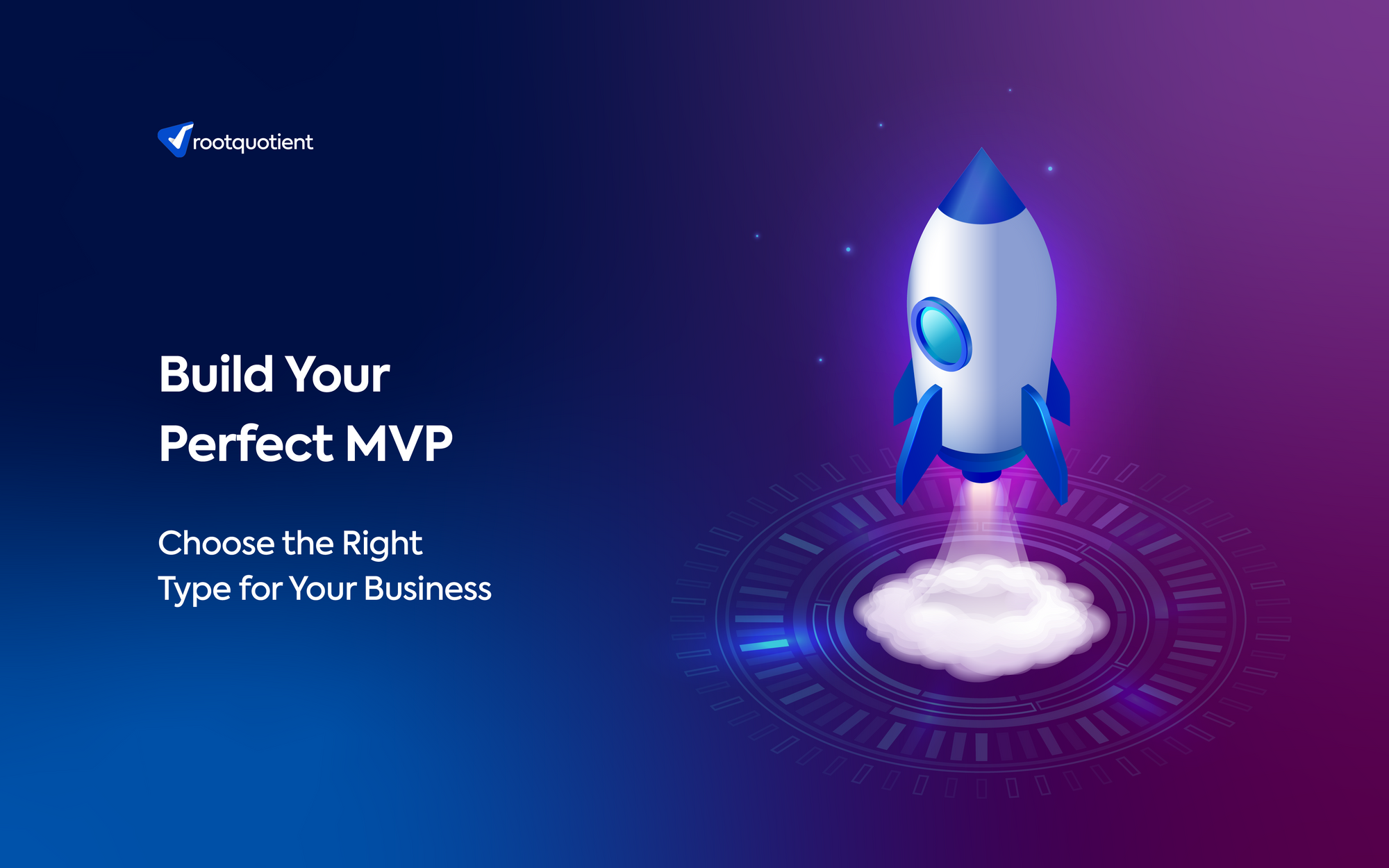An overview of the types of MVP and what the can offer to your business
Founders of companies need two to three times longer periods to validate a business model. A wrong idea can lead to an unsuccessful product. A Minimum Viable Product (MVP) is required to test a product in the actual market and learn their needs and demands practically. This also takes minimum effort to understand customer needs and improvements to be done once a new product is ready. This also helps in collecting data based on user experience and the learning process becomes quicker.
MVP is a crucial step for start-ups as they cannot afford any mistakes while launching a product. They also need a fool-proof method to see how the product is received by real users. MVP is the skeleton of a product. The core features are released to see the reception upon which further decisions are made.
Traditional ways of putting everything out there and waiting to see if it’s accepted or rejected by customers, gathering the data and then analysing them eats more time and money. Such small experimental steps act as a prophecy with logic and data in hand. According to study, companies that presell their products gain 40-50% more leads and retain 80-90% of them.
MVP development supports innovation
For a company to innovate and create a product, it takes immense time and effort. Statistics say that 32% of the companies fail due to wrong innovation ideas. To know if the ideas work, MVP is necessary.
There are a few different ways to follow the MVP model, and each business type and product may fit in different types of MVP. Here are the types of MVP and which business types they are suitable for.
- Piecemeal
Piecemeal is when off-the-shelf tools are used according to the product to get the functionality of a basic version. This works for businesses that have cliched or common products. The available tools can be easily integrated and the basic versions will be ready in no time.
Groupon is a classic example of piecemeal MVP. It provides offers, discounts and coupons partnering with local stores. This does not need any complicated software and can operate on the available ones.
The only con is that, if a product has multiple functionalities, it may not fit into the mold of off-the-shelf software.
- Concierge
Concierge works for businesses with manual products and not digital ones. In this, the products are presented to the target audience and their feedback and user experiences are observed. This method achieves building a customer base right in the beginning. Since this is a transparent process, it is easier to build trust with the customers. The information and data collected during this can be used to navigate the product in the right direction.
Food on the Table was the first company to launch this model. They identified customers and their food habits, curated a list of food products, recipes based on their preferences and budgets, and delivered them to the customers. This resulted in effective shopping among users and their trust was gained from the beginning.
- Wizard of Oz
As the name suggests, the story of Wizard of Oz inspired this model. The old man pretending to be a big green head is how this method operates. Everything looks functional and operational from outside. However, there need not be an actual product in hand and people may make purchases on something still under development.
Zappos is a classic example of this type of MVP. The pictures of shoes posted online were not physically available with the company. When the orders were placed, the products were bought from the retailers and delivered to the customers.
- Landing page
This is the best way to describe a product or service. It displays the Unique Value Proposition and directs interested users to your page. Options like emails, newsletters, ‘click here’ to know more about the product can be some of the ideas for landing pages. The invitation should be compelling for customers to sign up. The landing page can also contain illustrations or explanatory videos to educate the users on the products.
If the product is not ready, an Error Page can be displayed in the navigation and inform the users of when the product will be arriving. A Sign-Up option here will let the firm notify them via mails when their desired product is available. However, it is important that small businesses or businesses with cliched products may end up with negative impact as there are other companies offering similar products.
Product launch using MVP
Businesses should remember that there is no set template for MVP offering. They have to make smart choices that would lead their products to the target customers. Step-by-step process during the MVP stage sets the perfect launchpad. Options like shadow buttons, emails, subscriptions, etc., can be experimented with. Product launch becomes easier with MVP because it lessens the risk when the complete product is in the market.
A basic practical research in the form of MVP can also attract investors, if the product has proven itself in the MVP stage itself.
Rootquotient is committed to help companies build their dream products and strategize with the perfect MVP models and much more. Contact us and let us know how we can help.
